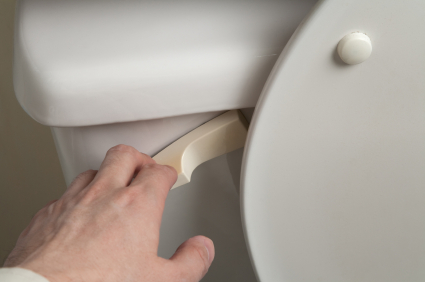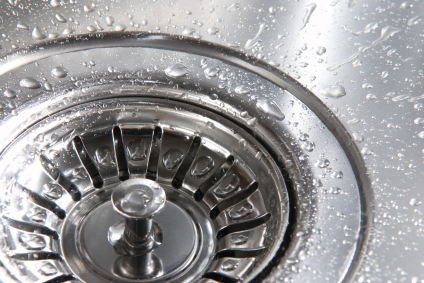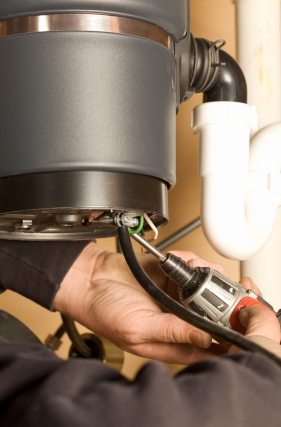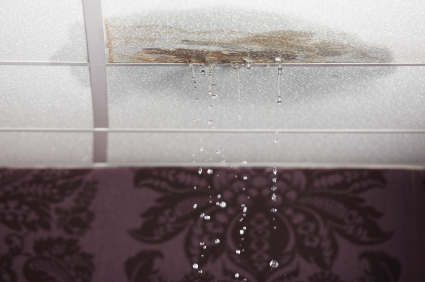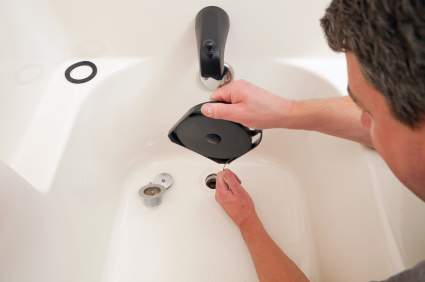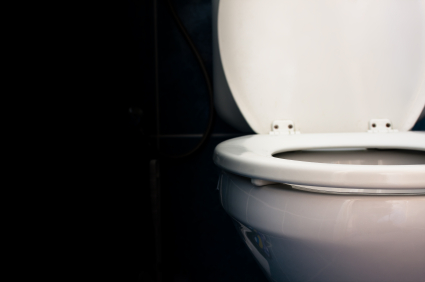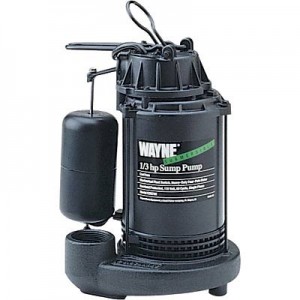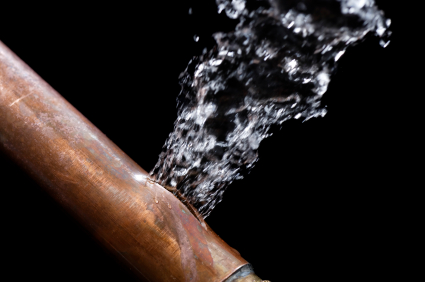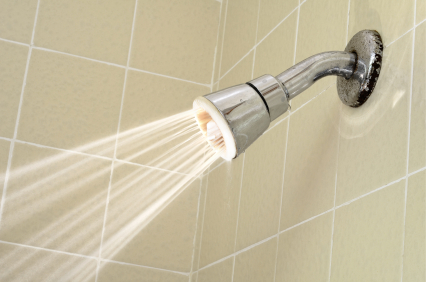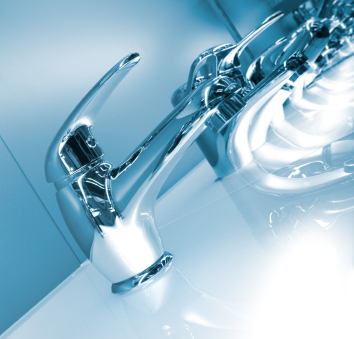It’s a very annoying problem when your toilet handle doesn’t come back up. Before calling a plumber or attempting to replace the handle completely, try these tricks that might help you get it working again.
– Press lightly on the handle. Sometimes the latch inside the reservoir behind the seat gets disconnected from the water pump.
– Pushing the handle down can sometimes reconnect a loose wire. Bring the handle up and down a few times to feel for restored tension in the handle. If you are lucky, this may be all that is needed to get the piece working correctly again.
– If it still doesn’t work, lift the lid from the reservoir and check the pump inside. If the chain has slipped off the metal arm that connects the pump, pick up the disconnected hook and reattach it to the pump arm. After you reconnect the chain from the handle to the pump, try flushing the toilet to see if it works. If the arm is old or the chain is broken, visit a home supply dealer for replacement parts. If the problem involves the pump or something else, you may need to contact a plumber.
– When the toilet handle gets stuck, one of the parts can be jammed. Gently try to press the handle up and down. If there is any movement, you may be able to restore more range of motion and get the handle working properly again. If it’s still jammed, remove the lid from the back of the toilet and examine the parts inside. Check to see if the pump is broken or loose. Try moving each piece with your hand to see which part refuses to move. This will help to identify the problem area and determine if it’s fixable.
If you tried all these solutions and nothing worked, use TalkLocal to get in contact with expert plumbers immediately.

